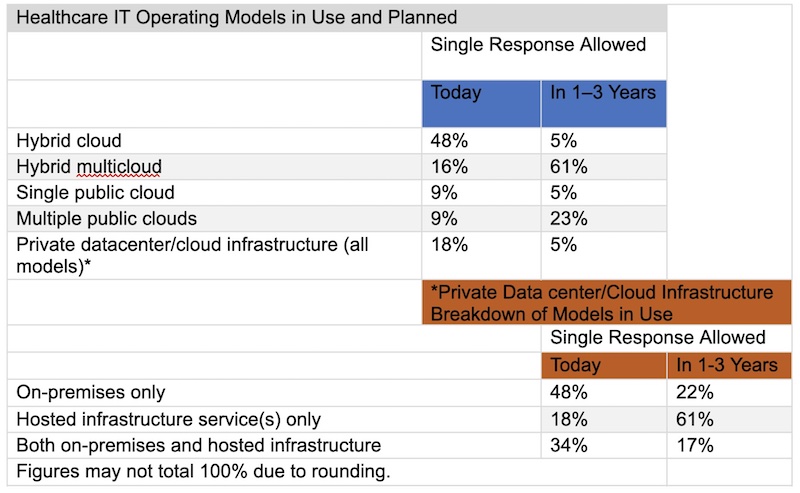As in other industries, AI has game-changing customer service applications in healthcare.
“AI-powered chatbots and virtual assistants provide…customer support, answer common questions, and handle routine inquiries, improving our customer service while reducing labor costs,” said a board-level IT decision-maker in a large private healthcare organization.
While most respondents noted that there are still security and privacy ramifications of AI to be identified and managed, they also said they anticipate using AI algorithms to help alleviate other cyber risks, particularly those related to ransomware and other malware.
“We can [use AI to]…spot possible attacks in real time using security solutions, which improves consumer and organizational safety,” said an IT decision-maker at the board level in a private healthcare institution.
Healthcare IT pros most often mentioned improving their companies’ security posture and regulatory compliance as reasons for moving applications to a different infrastructure in the past year, and 98% of healthcare respondents reported having moved at least one application.
Top Trends
IT pros are taking a cloud-smart approach to IT infrastructure, which demands hybrid operations that transcend private and public cloud platforms. This is evident in healthcare respondents’ stated buying decision criteria and plans for IT investment in the coming year, which largely focus on IT modernization, AI deployment, and application portability.
The growing pervasiveness of mixed-IT models in general, and hybrid multicloud in particular, shows that applications and data will continue to favor diversity and movement. Accordingly, creating an IT modernization roadmap that addresses cross-cloud data visibility, flexible workload movement, and integrated management will be a key success factor for healthcare IT departments.
As noted, containerization aids in application migration and mobility, and deployments are well underway among healthcare ECI respondents. In addition, unified, cloud-agnostic management tools that operate consistently regardless of where data and applications run and AI-driven operational automation will ease the impact of workload movement while helping healthcare IT shops avoid risk, resource overprovisioning, and redundant operations.













